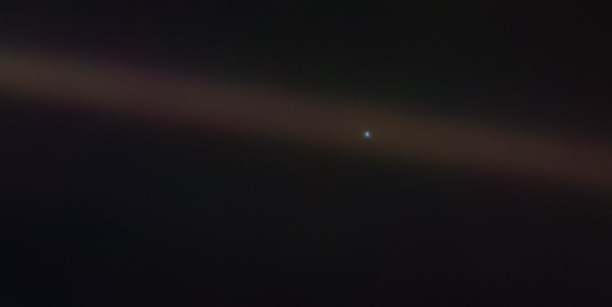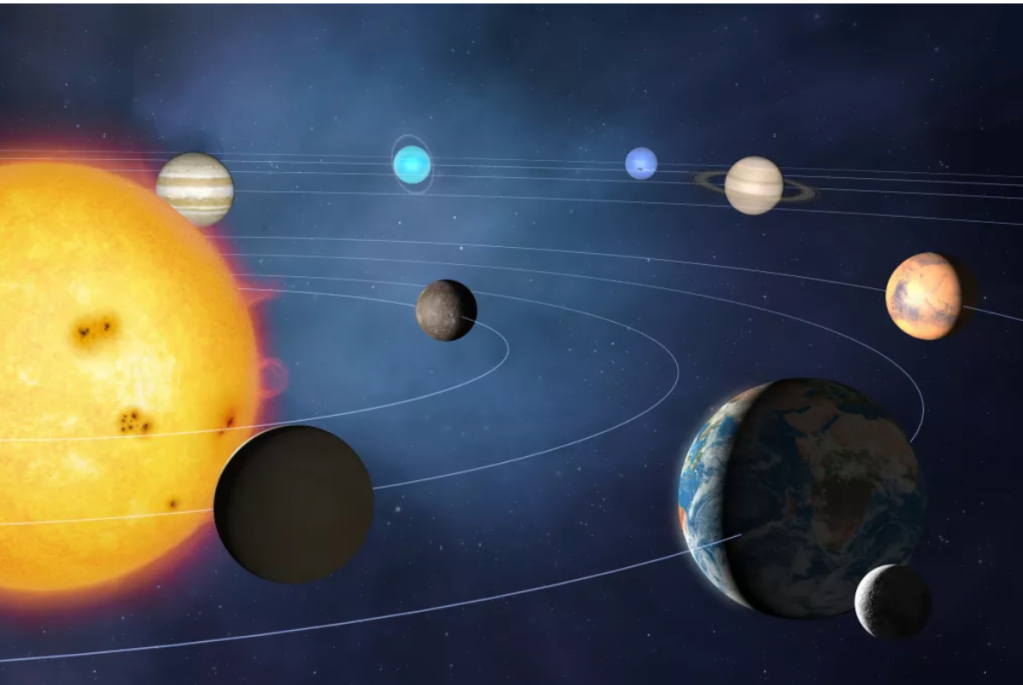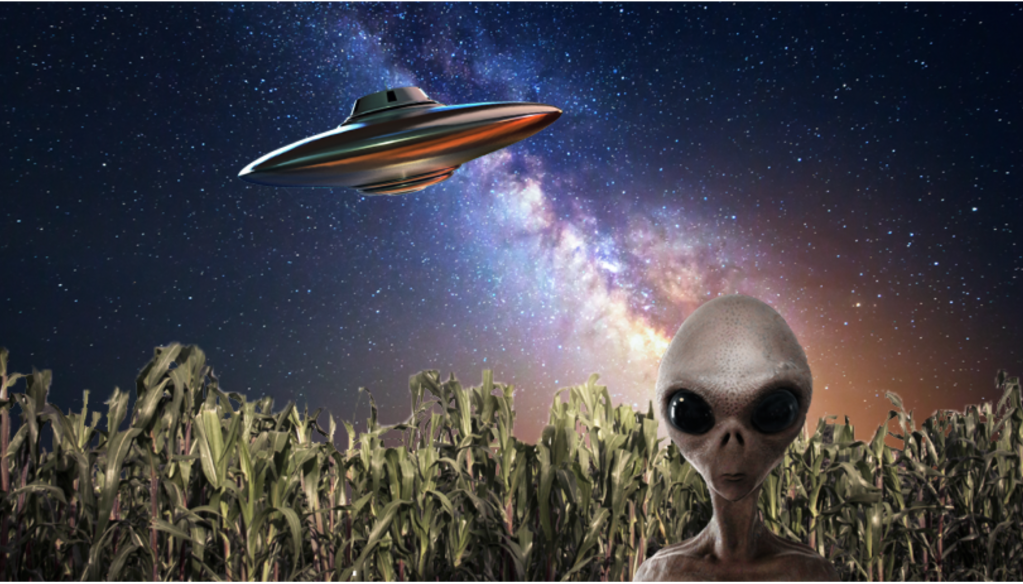
Tardigrades are one of the most adaptable lifeforms in existence. The tardigrade is classified as an extremophile, or one who can live in extreme conditions, because of its ability to enter cryptobiosis. Cryptobiosis is a condition that results from slowing down an organisms metabolic and reproductive processes to almost a complete halt. The closest state to cryptobiosis that humans have ever achieved is through cryogenic preservation of dead bodies. Cryogenic preservation stores human bodies at freezing temperatures with the hopes of reviving the body in hundreds or thousands of years. The hope behind cryogenic preservation is that future technology will be created with the ability to both unfreeze a body and to cure the ailment that “killed” the body in the first place (e.g., no heartbeat, no oxygen flow). What interests me most about the tardigrade is that this miniature creature seemingly holds the key to this “freezing-unfreezing” process in its biology.
The tardigrade is able to survive extreme conditions because it can enter into cryptobiosis when external conditions needed to sustain life are not met. This allows the tardigrade to survive in extreme temperature, pressure, radiation exposure etc. The tardigrade can enter and exit its “frozen” state at will. Humans have already begun to harness the wonders of the tardigrade through technology used to preserve vaccines over long periods of time. The question is what other knowledge human can gain from the tardigrade to facilitate cryptobiosis of larger organisms, and eventually humans. If we learn to better harness the power of the tardigrade, we could send humans on hundred or thousand year journeys to other star systems, waking them up only when they have arrived at the desired planet. In short, the fate of a vast human spacefaring civilization lies in the hands (or paws? or claws?) of the tiny tardigrade.










